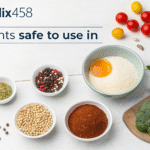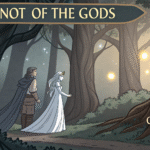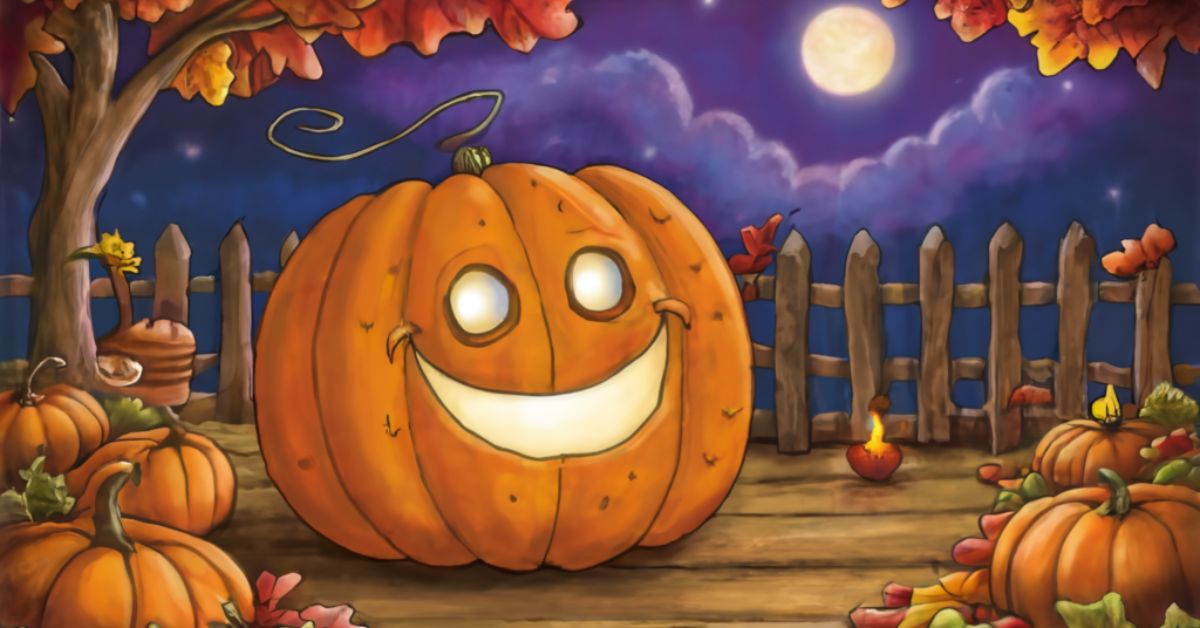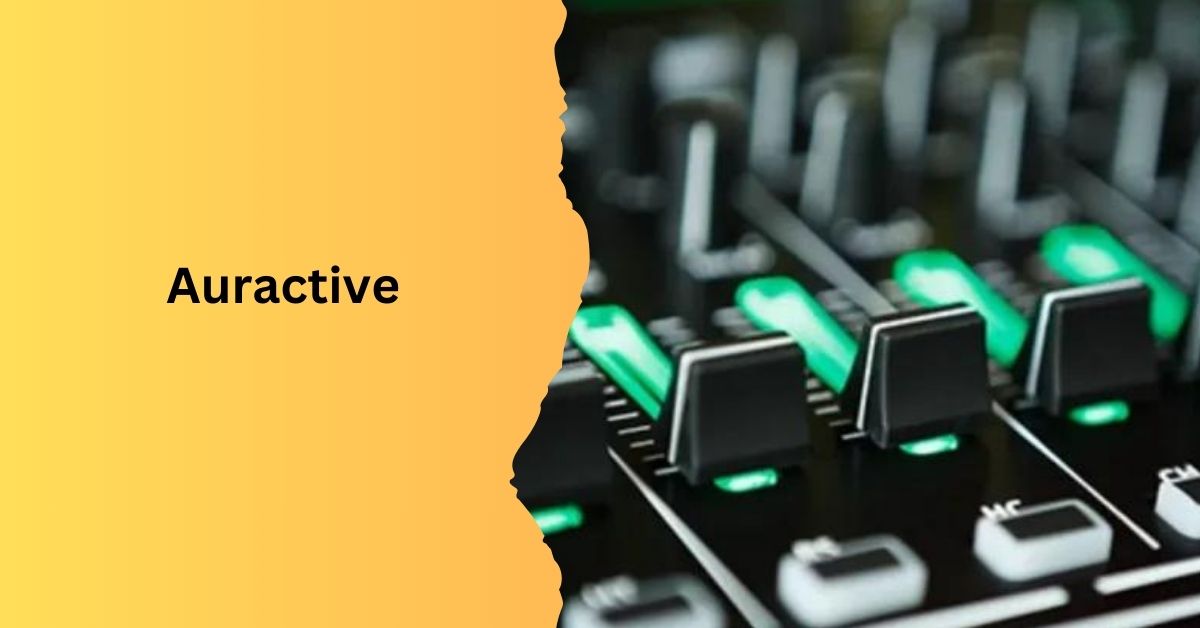Drawing a pumpkin can be a fun and rewarding experience, especially during the fall season. Whether you’re a beginner or an experienced artist, this step-by-step guide will help you create a realistic pumpkin drawing.
In this tutorial, you’ll learn how to sketch, shade, and color a pumpkin, bringing it to life with simple techniques. With just a few basic materials and some patience, you’ll be able to draw a pumpkin that looks three-dimensional and vibrant.
Follow along to create a masterpiece that captures the essence of autumn. Let’s get started and unleash your artistic creativity.
What materials do I need to start drawing a pumpkin?
To start drawing a pumpkin, you’ll need paper, a pencil, and an eraser for sketching the basic outline. Colored pencils, markers, or watercolors will help add color and detail to your drawing. A blending stump or cotton swabs can be useful for smooth shading. Make sure to have a sharpener on hand for clean, precise lines.
How do I sketch the basic outline of a pumpkin?
Start by drawing a light oval or round shape to represent the main body of the pumpkin. Flatten the top and bottom slightly to mimic the pumpkin’s natural shape. Add gentle, curved lines from the top to the bottom, which will form the pumpkin’s ridges. Make sure the lines are evenly spaced, but vary their length slightly for a more realistic look. Keep the sketch light and adjustable as you refine the overall shape.
How do I add the pumpkin’s ridges?
To add the pumpkin’s ridges, draw curved lines from the top to the bottom, following the natural contours of the pumpkin’s shape. Space the lines evenly but vary their length for a more organic, realistic look. Make the lines slightly curved rather than straight to capture the round, bumpy texture of the pumpkin. Keep the ridges soft and gently tapering as they go down the pumpkin.
What is the best way to draw the pumpkin stem?
To draw the pumpkin stem, start by sketching a slightly curved line at the top center of the pumpkin. Make the stem thicker at the base and gradually taper it as it rises. Add slight twists or bends to give the stem a natural, organic look. Use irregular lines to capture the texture of the stem, making it appear rough. Finally, shade the stem with darker tones to add depth and dimension.
How do I create depth and shadows for a 3D effect?
To create depth and shadows, shade the areas where light wouldn’t naturally reach, like the bottom and inner ridges of the pumpkin. Use cross-hatching or smooth blending to build up darker tones in these shaded areas. Gradually lighten the shading toward the areas hit by light to give the pumpkin a three-dimensional look.
How do I color the pumpkin to make it look realistic?
Start by applying a light orange base color to the entire pumpkin, then layer darker shades of orange along the ridges for depth. Add subtle highlights with a yellow or white pencil to areas where the light hits. Finish by coloring the stem with brown or green tones, and add some texture for realism.
How can I add final details to make my pumpkin stand out?
To make your pumpkin stand out, add subtle texture lines on the skin to give it a more realistic appearance. Use a white pencil or eraser to add highlights where the light naturally hits, especially on the ridges. Refine your shading around the pumpkin’s bottom and ridges for added depth. Add small details like veins on the stem or slight imperfections on the pumpkin’s surface. Finally, smooth out any harsh lines or blending for a polished, lifelike finish.
What finishing touches should I consider for my pumpkin drawing?
For finishing touches, blend the shading smoothly to avoid any harsh transitions between light and dark areas. Erase any stray sketch lines or guidelines to clean up the drawing. Refine the highlights on the pumpkin’s ridges and stem to make them pop. Add subtle texture to the pumpkin’s surface and stem for more realism. Lastly, step back and assess the drawing, making any small adjustments to improve balance and depth.
FAQs
1. What is the best paper to use for drawing a pumpkin?
A smooth, medium-weight drawing paper works best for pencil and colored pencil sketches.
2. How can I make my pumpkin look more three-dimensional?
Use shading and highlights to create depth and realistic light effects.
3. What colors should I use to make the pumpkin realistic?
Use various shades of orange, yellow, and brown for the pumpkin, and green or brown for the stem.
4. Can I draw a pumpkin without a reference image?
Yes, but using a reference image can help you achieve more accurate details and proportions.
5. How do I create smooth shading on my pumpkin?
Blend your shading with a blending stump or cotton swab for a smooth, natural finish.
6. Should I outline the pumpkin with a pen?
It’s optional, but if you do, use a fine liner after finishing the drawing to avoid smudging the pencil.
7. How do I add texture to the pumpkin’s surface?
Use small, light strokes with a pencil to mimic the bumpy texture of the pumpkin skin.
8. How do I make my pumpkin stem look realistic?
Add texture and curves to the stem and use a darker color to create depth.
9. What techniques should I use for realistic pumpkin shading?
Use cross-hatching, stippling, or smooth blending to create a realistic shaded effect.
10. How do I fix mistakes on my pumpkin drawing?
You can gently erase errors or blend them into the surrounding areas to correct mistakes.
Conclusion
Drawing a realistic pumpkin is a fun and creative way to practice your artistic skills. By following these step-by-step techniques, from sketching the outline to adding shading and color, you can achieve a lifelike result.
Remember, attention to detail is key, especially when it comes to the ridges, stem, and shadows. With patience and practice, your pumpkin drawing will look vibrant and three-dimensional. Don’t forget to add your personal touch to make it unique.
Keep experimenting, and enjoy the process of bringing your pumpkin to life on paper.










